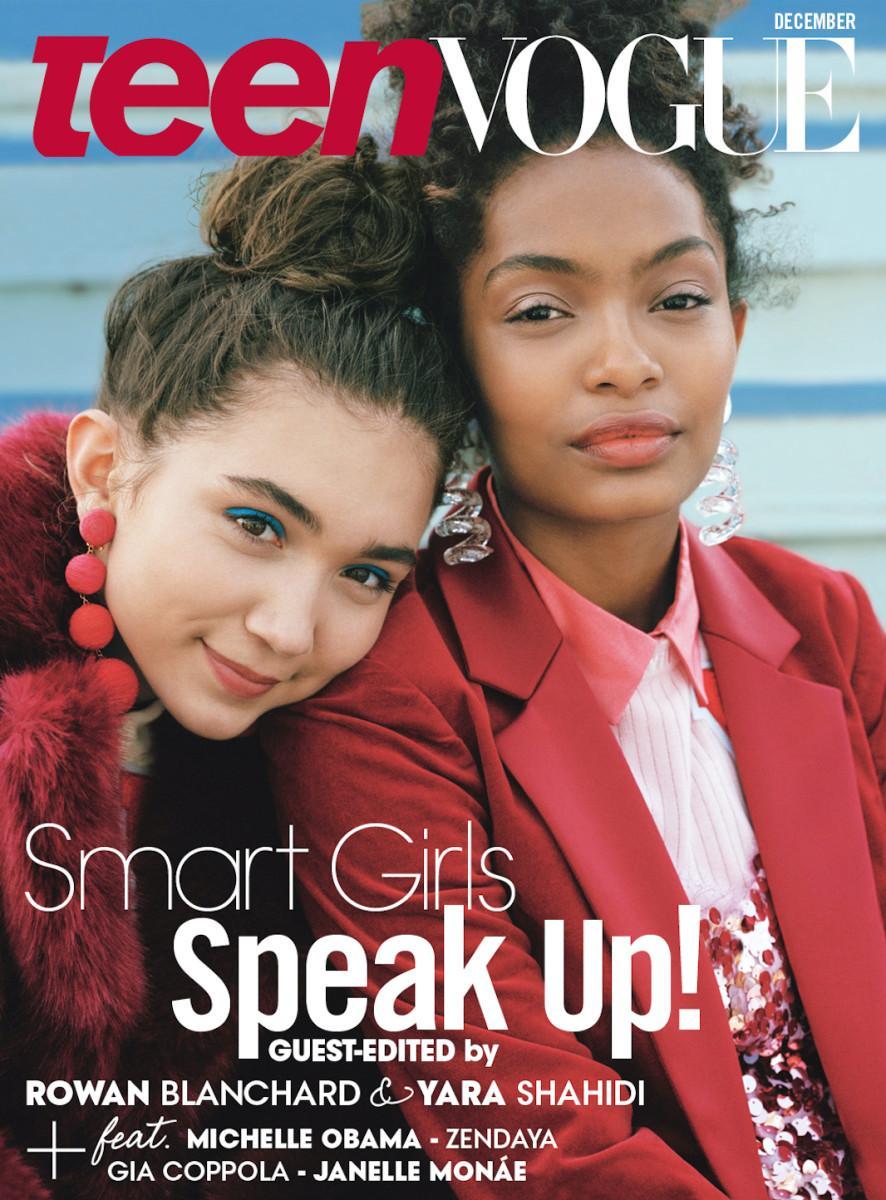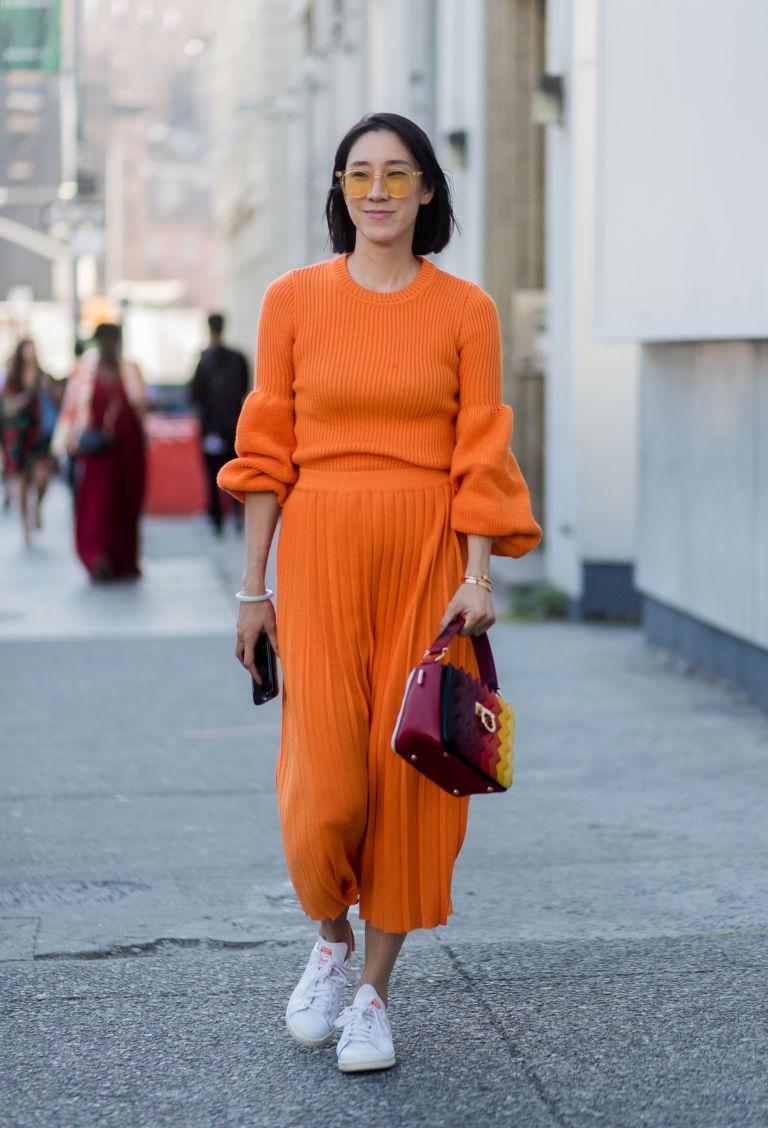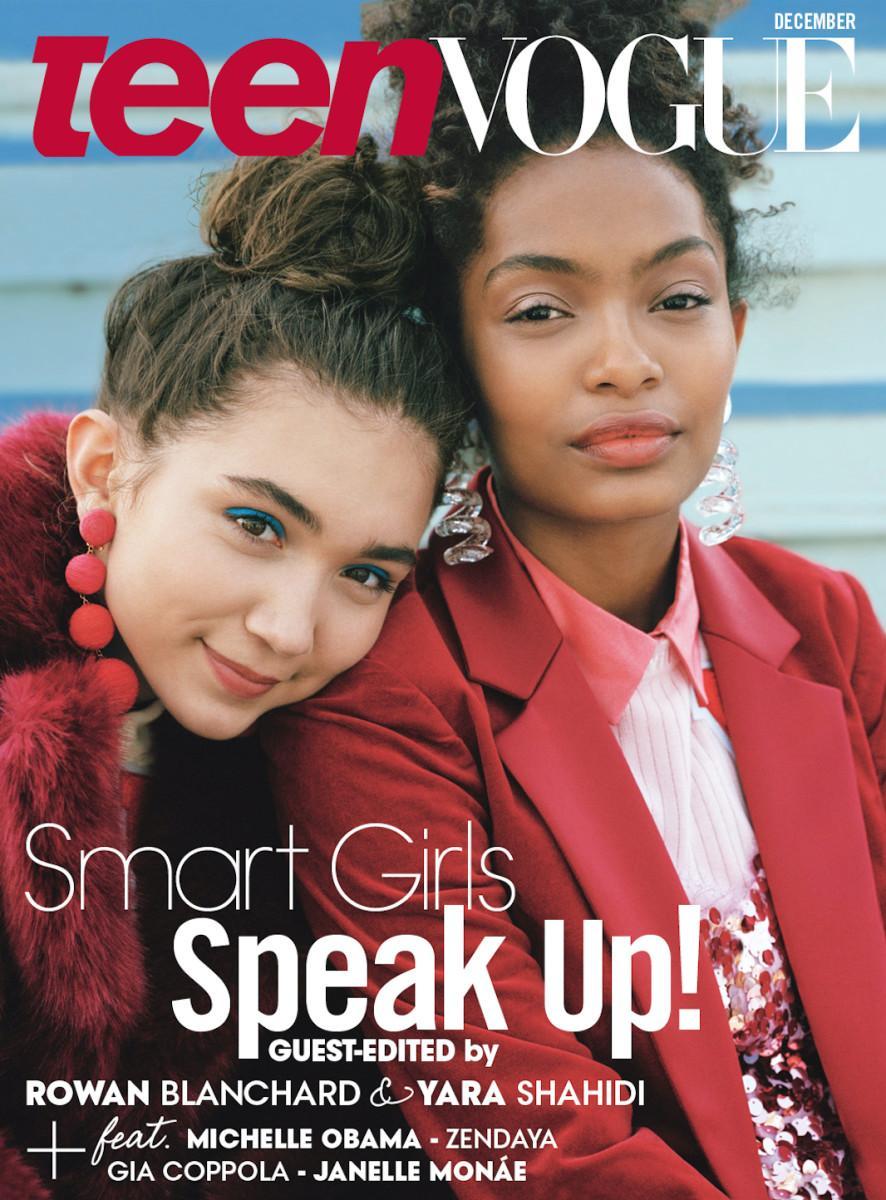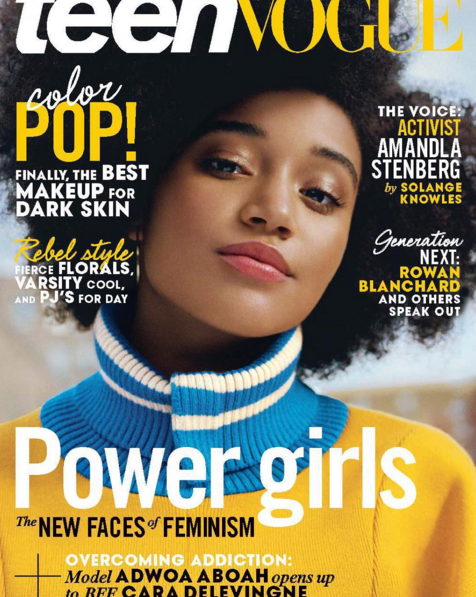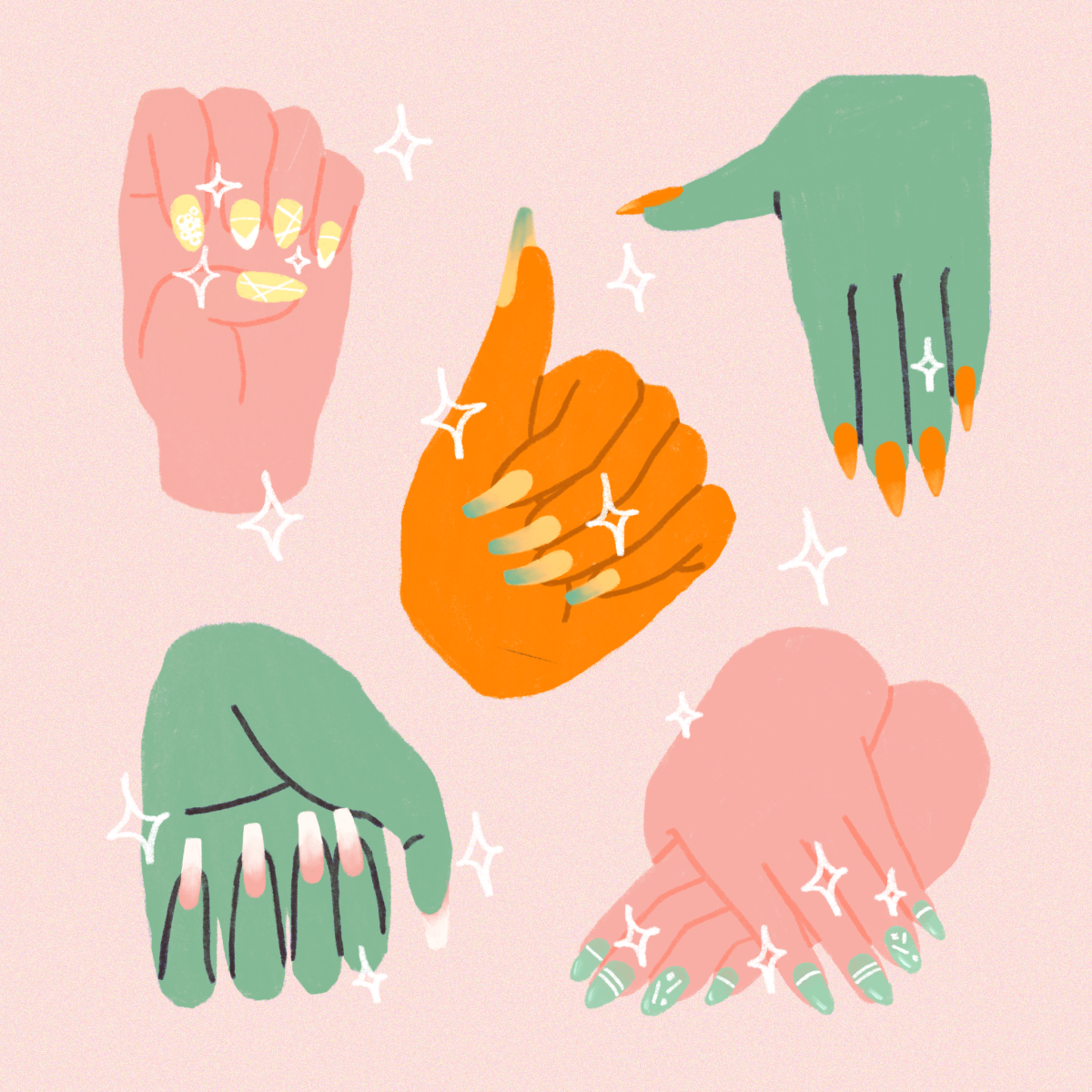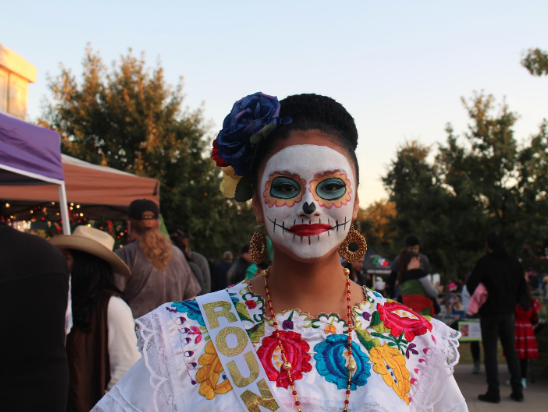It is the end of an era. Earlier this month, Condé Nast, the media company that publishes Teen Vogue, announced that it was suspending the print version of Vogue’s sister publication, reflecting a broader change in the magazine industry.
Story by Kennedy Williams
For many people who identify as women, Teen Vogue was a bible. It was a document that encapsulated moments of celebration, pride and visibility. Launched in 2004, some Millennials and Generation Z’ers came of age with the publication.
Teen Vogue had presence. The glossy editorials within the 6 3/4 x 9 inch pages were eye catching, spurring readers to rip them out and pin them on their walls. Teen Vogue always fell somewhere between Vogue and Seventeen, providing aspirational fashion stories and whimsical, pop culture references. Young readers were captivated.
In a 2003 interview with the Observer, Anna Wintour, editor-in-chief of Vogue and Creative Director for Condé Nast, explained that she is “very aware that there was a huge segment of young women who weren’t being tapped into, who were much more sophisticated and interested in fashion and aware of fashion and buying fashion, who other magazines weren’t addressing.” The women at the helm of Teen Vogue greatly understood and reflected this vision.
Photos courtesy of Fashionista and NY Magazine
Amy Astley, Teen Vogue’s first editor-in-chief, made being interested in fashion cool. Teen Vogue was also featured on “The Hills,” as Lauren Conrad and Whitney Port paid their dues as interns. Emily Weiss of Glossier interned at the same time as Conrad and Port. Eva Chen was the beauty editor at Teen Vogue and the certified “it girl” before she became the head of fashion partnerships at Instagram. Teen Vogue, from its editors to its editorials, made fashion relatable.
As Elaine Welteroth was appointed editor-in-chief in May, Teen Vogue cemented itself as a socially conscious publication. There was now room for topics such as intersectional feminism, gender fluidity and anal sex to be discussed, much to the displeasure of older readers and parents.
The cover of the magazine changed as well. Under Welteroth’s direction more people of color were included on the covers. Diverse viewpoints were prized. For actress and activist Amandla Stenberg’s January 2016 cover story she had a landmark conversation with Solange about black girl magic, hair and sexuality.
Conversations like that are what made Teen Vogue a prized possession for so many. Individuals with marginalized identities were now made visible not as a trend but as a practice.
Photos courtesy of Teen Vogue
Despite Condé Nast reducing Teen Vogue’s print releases from monthly to quarterly last year, quality content still mattered. While the digital revolution challenged print magazines, Teen Vogue was able to maintain consistent readership. Its audience flocked to Teen Vogue because it illuminated issues that mattered. Young women were allowed to be fashionable and consciousness. Fluidity and diversity was key.
Teen Vogue will soon have its last print issue, continuing the unfortunate legacy of magazines catered to women shutting down. With this in mind, Teen Vogue’s readers must use the inspiration they once found within the pages of Teen Vogue as armor as they move through a tumultuous socio-political environment. Readers must not mourn, but carry on as the luminaries Amy Astley, Eva Chen and Elaine Welteroth envisioned: impeccably dressed and fearless.






























